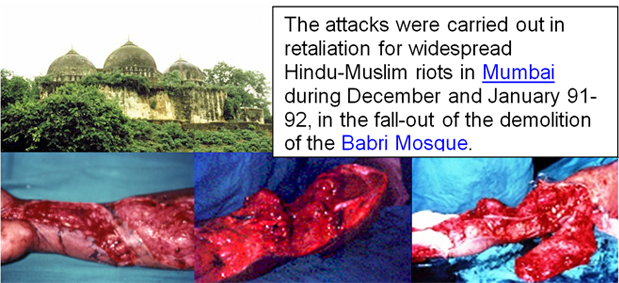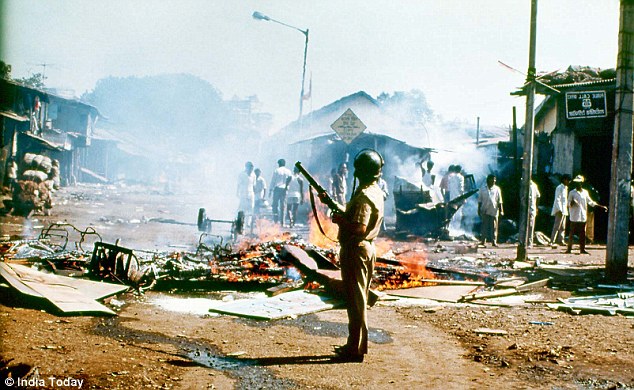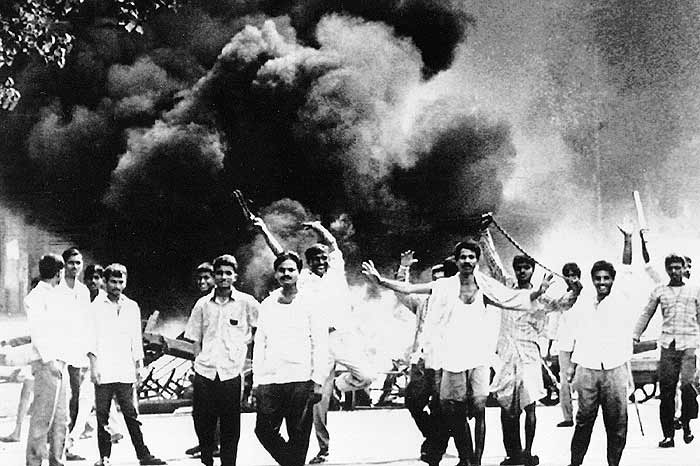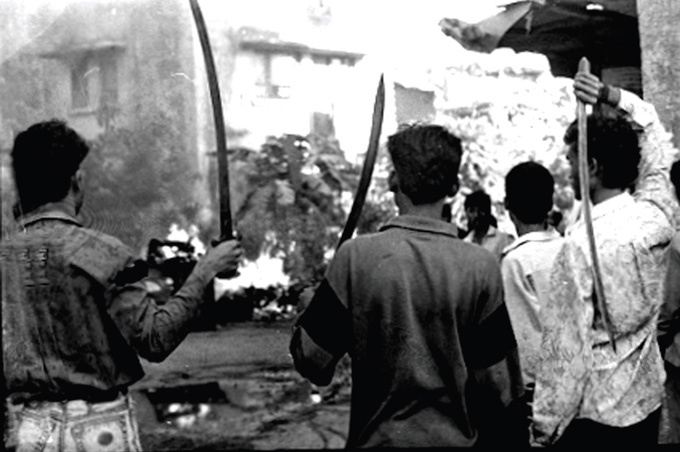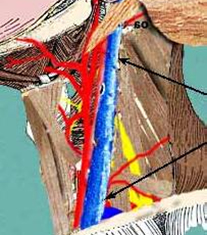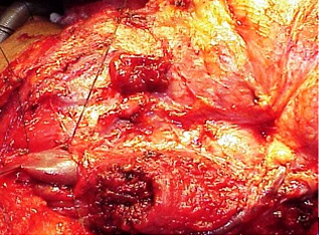- 12th
- March 1993


Violence at Mumbai : Post Babri Masjid Demolition Issues
Mr. C. R., a 21 years male, sustained extensive injury to his right upper extremity during these riots at Mumbai. It was extensive high velocity, multiple level deep injury to the upper extremity. Muscles and tendons of the arm and forearm were crushed, with loss of skin. When he reported, he was a state of shock and it took some time to resuscitate him successfully.
Initially, the vascular continuity was established between the brachial artery, the ulnar artery and the radial artery, using the vein graft and the microsurgical techniques. Having satisfied with the distal capillary circulation in the hand and the fingers, and having replaced the lost blood volume ( 6 Units of Blood) an island extended Latissimus dorsi myocutaneous flap was performed to provide a primary soft tissue cover to exposed brachial artery, the median nerve, the ulnar nerve and the biceps brachii muscle as well to restore the continuity of the muscle. To cover the exposed radial and the ulnar artery and the nerve, the flexor tendons and other vital structures at the wrist, a groin flap was used. The intervening area was skin grafted. At a second stage, the damaged nerves were repaired using nerve grafts. All the flaps healed well and the patient had a near normal return of sensations as well function.
1993 Serial Mumbai Bomb Blasts
12th March 1993, the coordinated attacks were the most destructive bomb explosions in Indian history. The single-day attacks resulted in up to 250 civilian fatalities and 700 injuries, besides damaging property worth Rs 30 crores. The blasts were caused at prestigious and important buildings like Mumbai Stock Exchange, Air-India Building, Hotel Sea Rock, Hotel Juhu Centaur, Hotel Airport Centaur and busy commercial areas like Zaveri Bazar, Century Bazar and Katha BazarThe Bombay Hospital being in the vicinity of Mumbai Stock Exchange, Air-India Building and Zaveri Bazar, we had treated over 280 patients. Being the Plastic Surgeon, I myself had operated upon nonstop over 14 patients for grievous vascular / neural injuries spreading over 4 days.
The Hospital Chairman, the entire management team / medical / surgical team, nurses and all paramedical staff were summoned and were available round the clock at the hospital.
Standard Triage protocols were implemented and serious injuries were immediately being treated by specialists at respective operation theatres.
Standard Triage protocols were implemented and serious injuries were immediately being treated by specialists at respective operation theatres.
One of the most memorable patient, I did undertake major microsurgical reconstruction was a RJ, the traffic warden at the Air India Basement Staff Parking lot. He had a large glass splinter impacted in to his neck, damaging the brachial plexus as well the jugular vein.
He was lucky to have missed the carotid artery and when he was informed about the extent of the injury, he was grateful to the God as well described that while he was on duty at the time, the terrorist, who came to park the bomb loaded vehicle at the basement car park of the building, he objected as the Car Parking was only for the Air India Building employees / Pass Holders.
The person in question was even offered an incentive to allow them to park the car, however, he was honest to his responsibilities and did not allow the car to be parked at the basement.
On being noticed and being denied the parking, they decided to park the car at the exit of the building and when the explosion took place, it was the outside portion of the Air India Building got damaged. He recalls that if he had accepted the incentive or had overlooked his responsibilities as the traffic warden, probably, Air India Building would have suffered a greater loss, over and above he himself being blown in to pieces. It was his honesty and commitments to his duties, which saved his life.
There were several other patients, who were helped through reconstructive microsurgery and needed repeat surgeries. The Management of the Bombay Hospital was very gracious in extending all the treatment free and the Chairman of the Bombay Hospital Trust himself supervised the admission, treatment and due supplies of Medicines and all other support services. Some of the patients had severe full thickness burns and could not be helped to fight for life. However a large number of victims admitted to the hospital were discharged after the due treatment.

